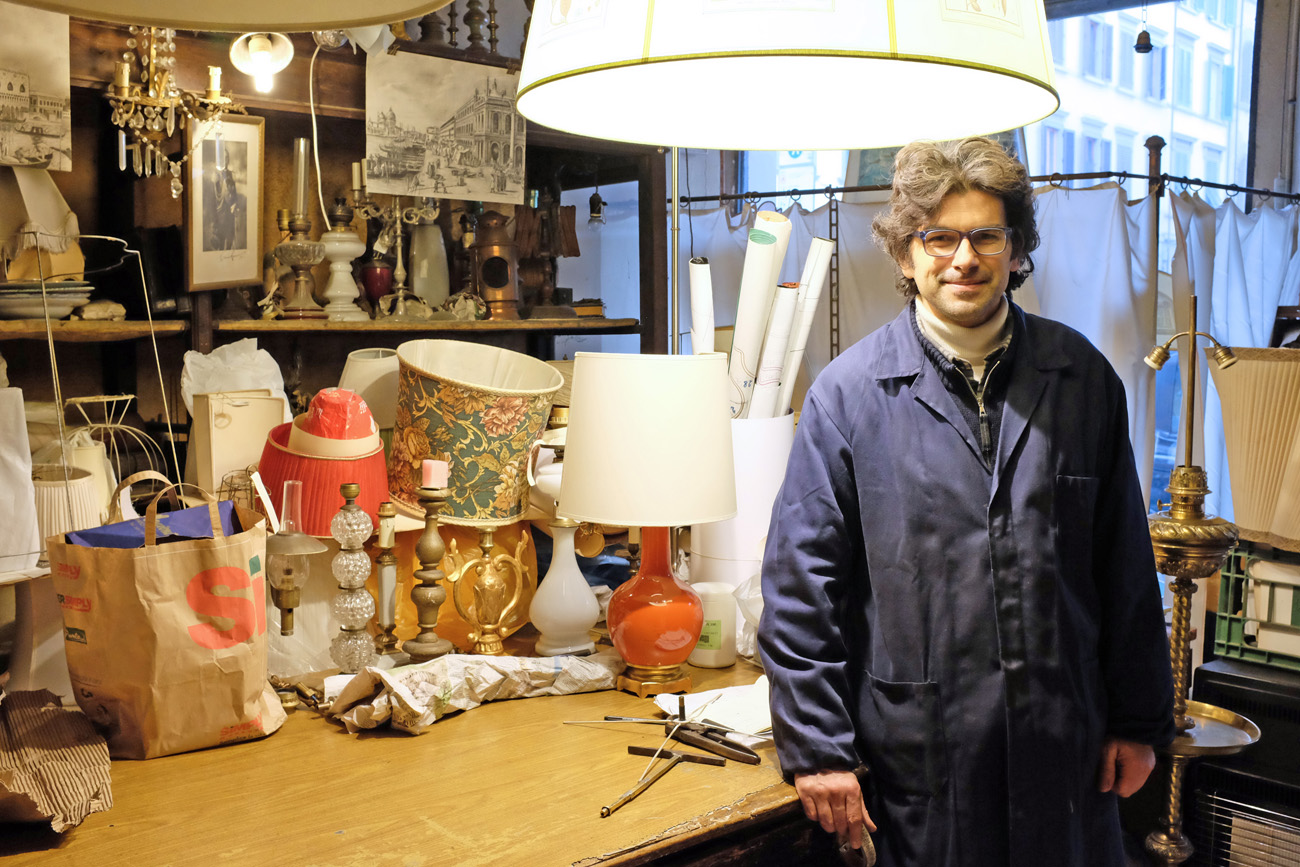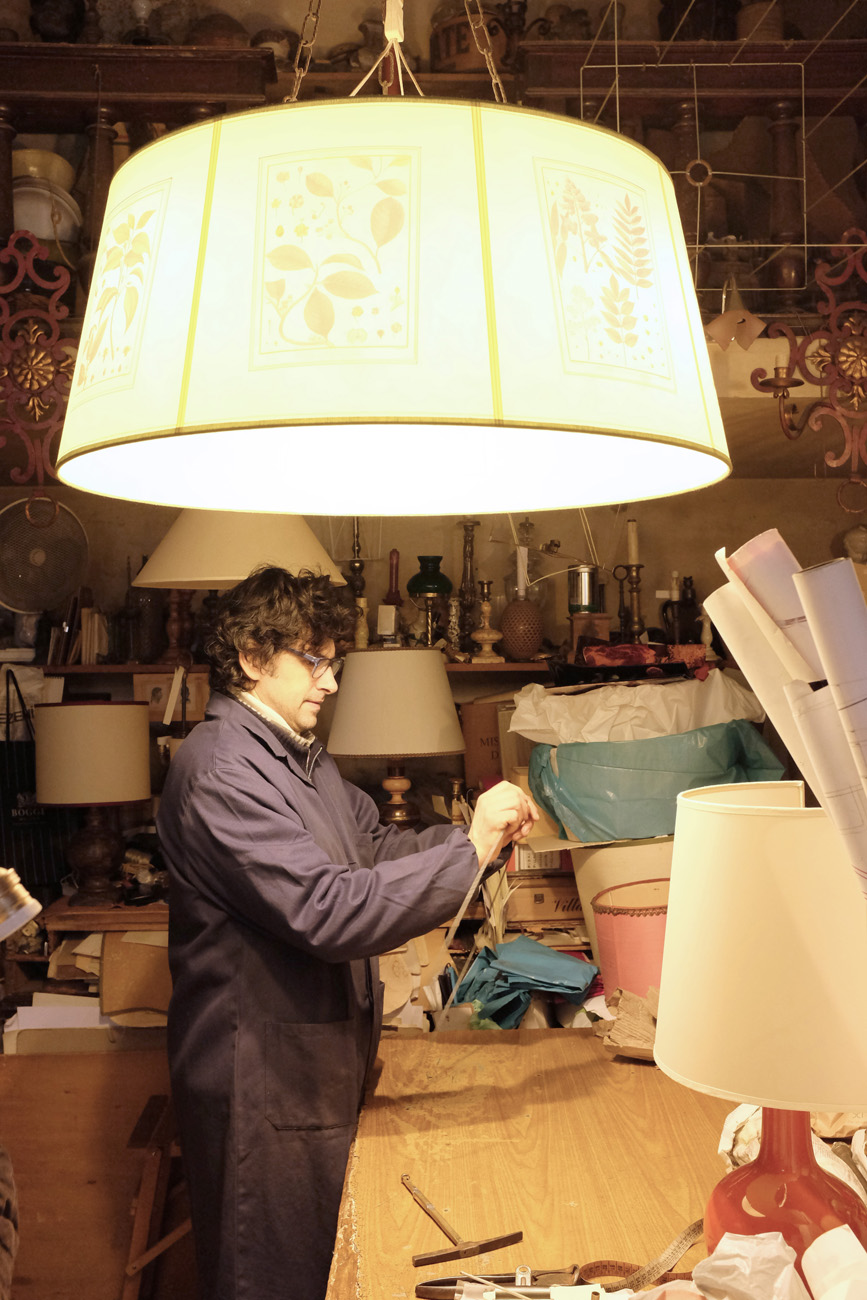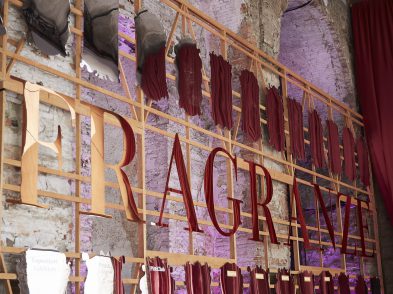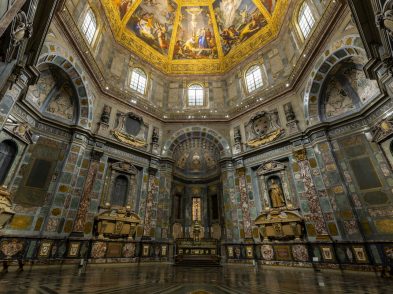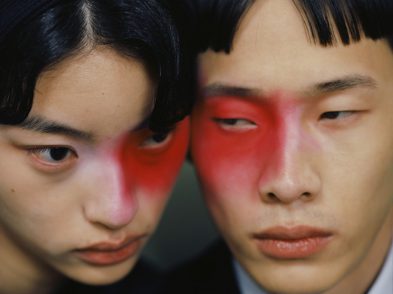As Florentine tourist tracks go, the streets encircling the Accademia’s entrance are some of the city’s most congested. Constantly filled with art-frenzied visitors, all of whom are eager to get an eyeful of Michelangelo’s David, the surrounding shopfronts reflect the surge in multinational chains and corporations pervading Florence. Yet amid this contemporary chaos, one blink-and-you’ll-miss-it facade has endured over eight decades; a relic of what once thrived in this central neighbourhood.
From his now-unique positioning on via degli Alfani, Leonardo Becucci proudly upholds three generations’ worth of high-calibre craftsmanship. His livelihood comes from the artisanal trade of lampshade-making—the purveyors of which are referred to as paralumai or lumai—requiring a patient approach in stark contrast to today’s standard manufacturing methods. With his grandfather having set up shop in the early 1940s, and his father entering the family business aged just 15 in 1946, Becucci joined their ranks in 1994 and has tirelessly toiled away ever since.
“I remember, from a young age, being fascinated by my father’s toolbox, which had the same instruments that my grandfather would have used: pliers and screwdrivers. I’d come along to the workshop while I was studying in high school, and I’d always enjoyed working with my hands, so joining my father was a natural evolution.”
Entering into Becucci’s evocative bottega feels like nothing less than a time warp: row upon row of ivory paper residing amongst ornate upholstery trimmings, with a multitude of lamp commissions at varying stages of completion decorating one grand table.
These visual highlights include a stunningly elaborate candle base, replete with gilded gold detailing, which was crafted in the 1700s; the client who brought it in trusted no other workshop to maintain it. Becucci considers the shop layout more chaotic than creative, but the eclectic displays only add to its charm, transporting visitors into a realm far removed from the smartphones and selfies taking place a few doors down. During my visit, two long-standing customers—a father and daughter duo—engage Becucci on his expertise, a reassuring testament to the workshop’s healthy influx of clients. He nonetheless stands as a one-man operation and, much like the time-hallowed artisans dotted around San Frediano and Santo Spirito, securing an apprentice is tricky for more reasons than one. “Even if you can find someone willing to do the job, I wouldn’t have the time to train them up, because it can take years, and still get through my workload.”
In a consumer age filled with quick-fix furnishings, Becucci’s quality-driven ethos allows any paralumi owners to enjoy the full benefit of their investment purchases: “Sometimes you’ll find clients returning with lampshades made 40 years prior that would have gone strong over those four decades. Industrial ones might only last five or so years nowadays, their very make-up is more prone to deterioration.” Even if lampshade repairs aren’t at the top of your to-do list, it’s well worth taking a moment or three to step inside this resonant bottega: if its walls could talk, preserving the artisanal heartbeat of authentic Florence would be that much easier.

